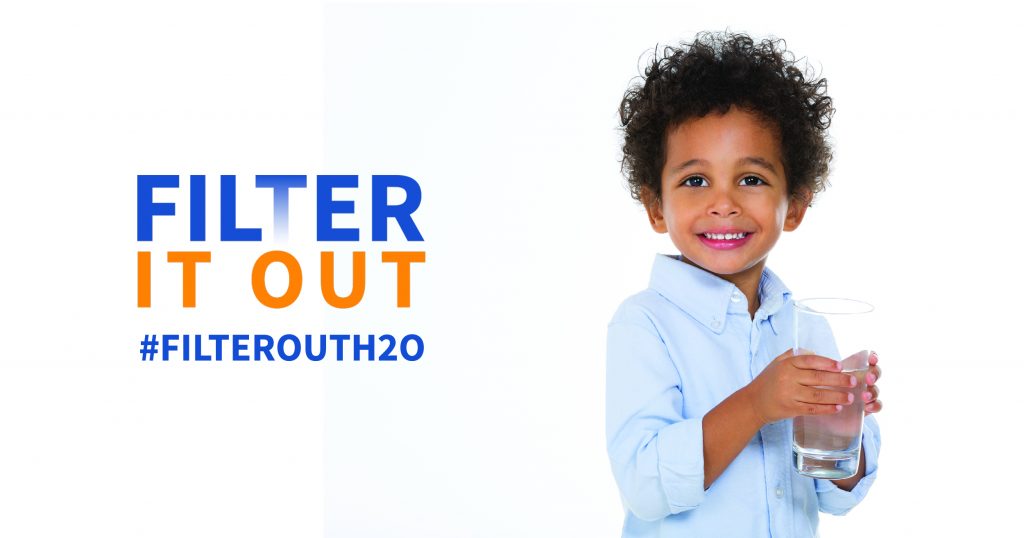Online shopping makes it easier to run errands, saving us time and often money, too. As a savvy shopper, you know that a too-good-to-be-true price on a designer purse, shoes or sunglasses probably means it’s a fake; but did you know other unsuspecting household products you use daily could be counterfeits too?
Counterfeit water filters are rampant online, disguised as certified filters with trademark violations, fraudulent and misleading labels and importantly, alluring price tags. Here’s what you need to know so a potentially harmful counterfeit filter doesn’t end up in your online shopping cart — or home.
Water may look, smell or taste fine, but human senses cannot always detect microbial and organic contaminants lurking in the water that can seriously harm our health and wellbeing. The Association of Home Appliance Manufacturers (AHAM) conducted tests to find out how counterfeits stack up to certified filters.
Using the standard that certified filters are tested against for consumer safety, three independent labs performed tests to measure counterfeit filters’ efficacy at removing lead, cysts and other contaminants from water during the stated shelf life of six months. Additional testing sought to make sure contaminants weren’t being introduced into clean water. Here’s what the tests revealed:
Lead
Labels on counterfeit filters claim to reduce lead in water to meet the NSF/ANSI 53 standard. Of the filters tested, only two out of 18 filters successfully filtered out lead for the full six-month refrigerator life of the filter. In a separate test of 14 filters, eight filters failed before half of a typical lifetime in a refrigerator. Every single counterfeit filter failed to perform at twice the typical lifetime, which is a requirement since many consumers often forget to replace their filters or don’t have a ‘replace filter’ light on their fridge, resulting in use them well beyond the suggested six-month time frame.
Cysts
NSF/ANSI 53 standards require filters to reduce the presence of cysts (cryptosporidium parvum oocysts) by 99.95 percent. To allow for a margin of error, AHAM lowered the bar to a 90 percent for its test. Even with the lower standard, seven out of eight counterfeit filters failed to removed 90 percent of cysts, despite labels claiming they would. An eighth filter was removed from testing due to clogging.
Extraction Test
Per NSF/ANSI standards 42/53 4.1, filters should not introduce new contaminants above the allowable limit. The test checked for 159 different contaminants that can be found in water, such as volatile organic compounds, semi-volatile organics, other semi-volatile organics, regulated metals and nitrosamines.
After uncontaminated water sat in 46 counterfeits for three 24-hour periods, ten separate compounds were found over the total allowable concentration. In other words, the filters introduced these contaminants – elements such as arsenic, ethanol and octane — into clean sample water. The chemicals are consistent with those leached by non-food grade plastics.
—
Don’t roll the dice when it comes to shopping for your family’s refrigerator filter. Only purchase filters sold by a refrigerator manufacturer that stands behind its products. For a complete list of trusted filters and more information about the report findings, visit FilterItOut.org.





